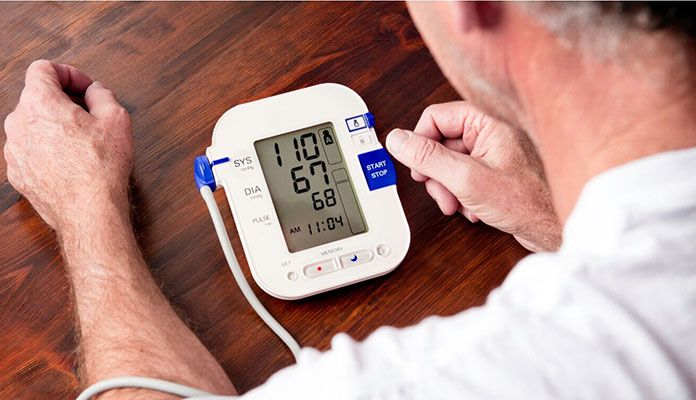For healthy children and adults, the typical heart rate is around 60 to 100 beats per minute. When the measurement is lower than that, you might be experiencing bradycardia. Missed or irregular beats would suggest an underlying medical issue. However, this is not all the cases. Professional athletes tend to have lower resting heart rates since their heart is extremely strong. Read on to learn more information about bradycardia.
Two Main Types of Bradycardia
Sinus Bradycardia
Sinus bradycardia is the more common form of bradycardia. In general, the heartbeat is produced and regulated by electrical impulses, which are generated by a tiny group of cells at the right atrium called the sinus node. When the part produces these impulses at a lowered rate, your heart rate would become slower. This causes sinus bradycardia. When sinus bradycardia triggers symptoms, these are always considered to be unusual. Abnormal sinus bradycardia would be either persistent or transient. [1]










